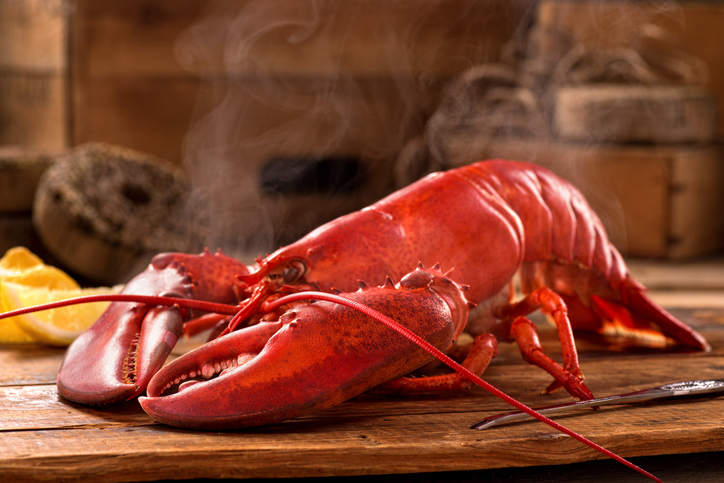Uncle John knows pretty much everything—and if he doesn’t, he heads his massive research library, or puts one of his many associates on the case. So go ahead: In the comments below, ask Uncle John anything.
What does “market price” at a restaurant mean?
No price listed
Have you ever been to a restaurant—particularly a seafood restaurant—and taken a glance at the board displaying the specials of the day? In addition to some specially prepared swordfish or salmon and the like, there’s likely also lobster and crab listed. The only difference between those specials and the others are that there’s no price given for those fancy shellfish, merely the word “market” or “market price.”
“Too expensive, don’t even bother”
If you think that “market” is a short, polite way of saying “too expensive, don’t even bother,” you’re half right. The “market” in this instance doesn’t refer to what the restaurant’s chef or seafood buyer paid for it earlier that day at the wholesale fish market—rather it means “what the market will bear,” or “fair market value.” In other words…expensive.
Razor-thin profit margins
Most restaurants (even “fancy” ones) operate on razor-thin profit margins. That’s in part because of big costs: relatively fixed ones like rent and labor, but the most expensive part of a restaurant is always going to be the raw ingredients to make its composed menu items—and protein, such as beef or seafood—are the most expensive food items there are, even from wholesale restaurant food suppliers.
The wholesale price
As the fish seller’s price of relatively rare and top-shelf seafood changes from day to day, so too then does the restaurant’s price for it. By putting “market” up on the board for the time period in which it has access to, let’s say, lobster, it saves the restaurant the trouble of putting its price for a dish based on the expensive ingredient up on the board every day, as it may go higher and lower, depending on how much they’re paying wholesale.
The math
But more importantly, by going for “market price” on the occasional, and expensive items, it saves the restaurant its profit margin. Let’s say that Chez John makes 10 percent profit on a lobster dish. If the cost of a lobster at the fish dealer was $20, and labor costs $7, then Chez John would need to charge a total of $27 plus 10 percent to make it worth their while—so then $29.70 (or rounded up to $30, most likely). But what if that lobster special is doing so well with customers that Chez John’s chef, Chef John, goes to the fish market the next day and finds that fisherman didn’t catch as many lobsters as they had previously. The lack of supply raises the cost of that lobster to $30. With the $7 cost of labor, that prices the meal at $37, and with the restaurant’s profit, about $41. That’s a big fluctuation, so better to just write “market price” on the specials board and let the big spenders pay what they will.








